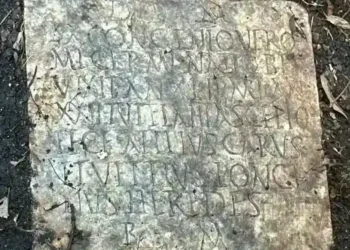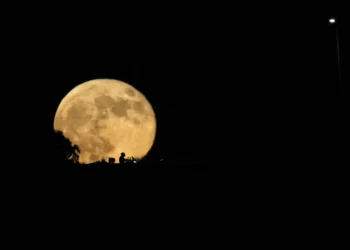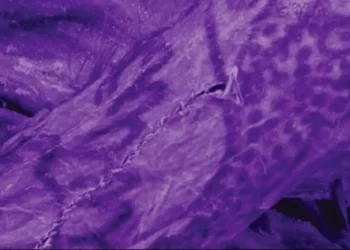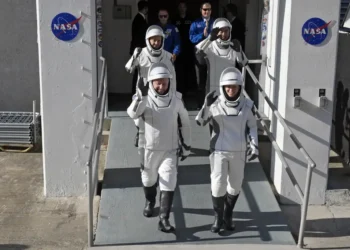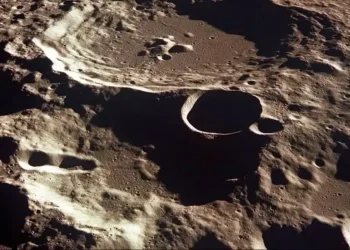The Orionid meteor shower, formed from debris left by Halley’s comet, will reach its peak during a new moon, offering stargazers a rare opportunity to see shooting stars without moonlight interference. Up to 20 meteors per hour are expected in ideal conditions, with viewing continuing through November 7.
What Is the Orionid Meteor Shower?
Meteor showers occur when Earth passes through debris left by comets or asteroids. The Orionids are created from Halley’s comet, which approaches Earth roughly every 75 years.
When fast-moving debris enters Earth’s atmosphere, friction heats the particles until they burn up, producing bright streaks of light known as meteors. Occasionally, these meteors leave “trains,” lingering glowing trails across the night sky.
“Sometimes the Orionids leave trains, these bright lingering streaks in the sky,” said Thaddeus LaCoursiere, planetarium program coordinator at the Bell Museum in St. Paul, Minnesota.
No special equipment is needed to enjoy the display—any dark location away from city lights is ideal.
Best Practices for Viewing
The optimal time to watch is after midnight or in the early pre-dawn hours, when skies are darker and moonlight interference is minimal.
Artificial lights and bright moons are the primary obstacles to clear meteor visibility. Cloudless nights with a waning or new moon offer the best conditions.
Observers should avoid looking at screens and keep their eyes on the sky, allowing night vision to adjust and improving the chances of spotting meteors.
Upcoming Meteor Showers
Following the Orionids, the next major meteor shower will be the Southern Taurids, expected to peak on November 5, coinciding with a full moon. While moonlight may reduce visibility, dedicated stargazers can still catch some meteors during the event.
“The Orionids are one of the most reliable meteor showers of the year,” LaCoursiere said. “Weather permitting, it will be a great show for anyone who wants to witness the magic of the night sky.”
▶ Stay informed with JournosNews.com — your trusted source for verified global reporting and in-depth analysis. Follow us on Google News and BlueSky for real-time updates.
Source: AP News – How to watch the Orionid meteor shower, debris of Halley’s comet



